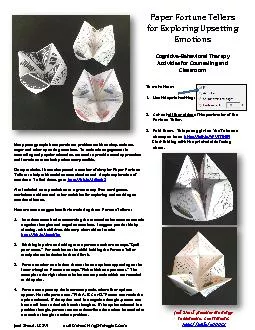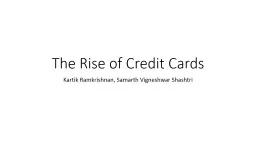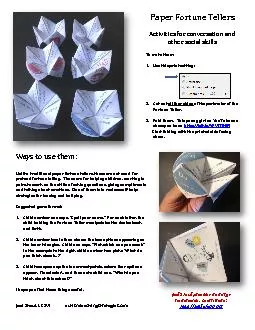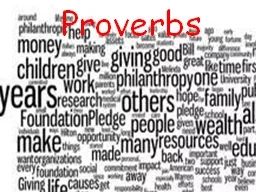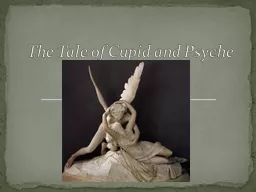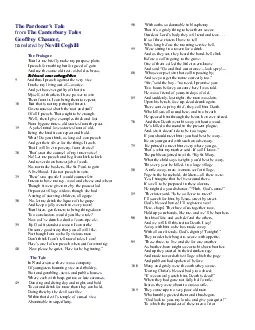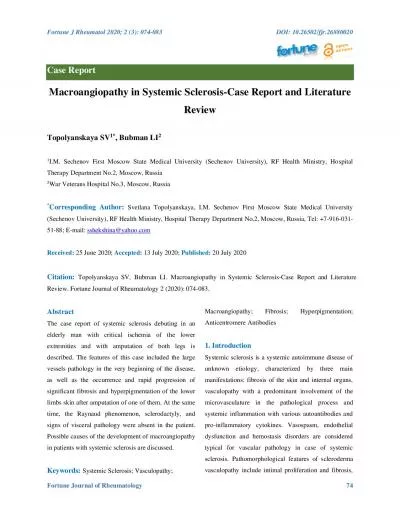PDF-Paper Fortune Tellers
Author : liane-varnes | Published Date : 2015-11-13
for Exploring Upsetting Emotions Cognitive Behavioral Therapy Activities for Counseling and Classroom To make them 1 Use this print setting 2 Cut out all four sides
Presentation Embed Code
Download Presentation
Download Presentation The PPT/PDF document "Paper Fortune Tellers" is the property of its rightful owner. Permission is granted to download and print the materials on this website for personal, non-commercial use only, and to display it on your personal computer provided you do not modify the materials and that you retain all copyright notices contained in the materials. By downloading content from our website, you accept the terms of this agreement.
Paper Fortune Tellers: Transcript
Download Rules Of Document
"Paper Fortune Tellers"The content belongs to its owner. You may download and print it for personal use, without modification, and keep all copyright notices. By downloading, you agree to these terms.
Related Documents

